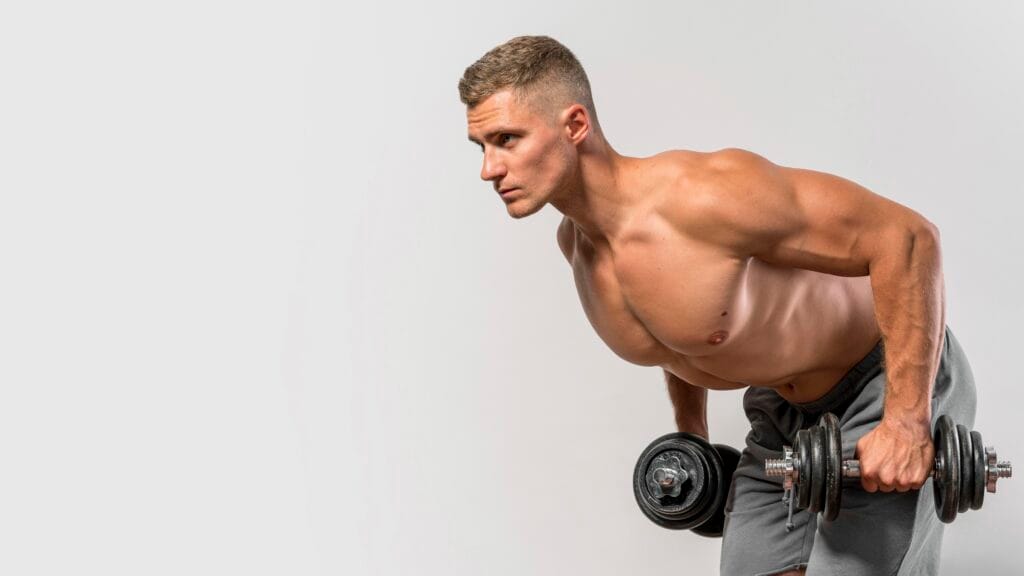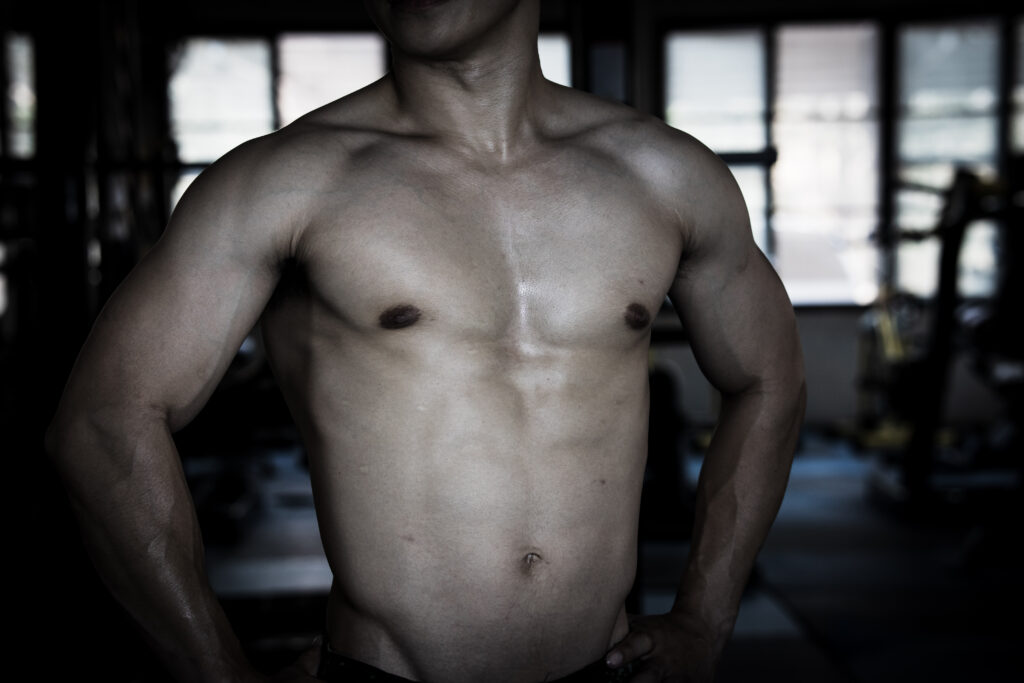Often overlooked, the rear deltoid muscles play a crucial role in posture, shoulder stability, and overall strength. Rear delt exercises are essential for building strong, round shoulders and improving upper body balance. Incorporating these targeted exercises into your routine can help you achieve a well-defined and symmetrical physique.
Table of Contents
What Are Rear Delts and Why Are They Important?
Your rear delts, or rear deltoid muscles, are the smaller muscles located at the back of your shoulders. They play a crucial role in shoulder movement, stability, and posture. Strong rear delts contribute to a well-rounded shoulder appearance, improving your upper body symmetry and enhancing your overall strength and performance.
Many people tend to neglect their rear delts during workouts, focusing more on the front and side deltoids. This imbalance can lead to poor posture, reduced shoulder stability, and even injury. Including targeted rear delt exercises in your routine ensures a well-rounded workout, promoting both aesthetics and functionality.
The Benefits of Targeting Rear Delts in Your Workout
- Improved Posture: Strengthening the rear delts helps pull your shoulders back, counteracting the effects of slouching.
- Enhanced Shoulder Stability: Strong rear delts improve joint stability, reducing the risk of injuries during upper body exercises.
- Balanced Muscle Development: Working on rear delts ensures balanced shoulders, which are critical for both aesthetics and functional strength.
- Increased Athletic Performance: Rear delt strength is essential for sports requiring shoulder mobility and power, such as swimming or tennis.
- Injury Prevention: Strong rear delts can prevent common issues like shoulder impingement or rotator cuff injuries.
How to Properly Warm Up for Rear Delt Exercises
Warming up before targeting your rear delts is essential to prevent injuries and maximize performance. A good warm-up improves blood flow to the muscles, enhances flexibility, and prepares your body for intense exercise.
Begin with 5–10 minutes of light cardio, such as jogging or jumping jacks, to increase your heart rate. Then, include dynamic stretches like arm circles and cross-body shoulder stretches to loosen up the shoulder joints. Adding light resistance band pull-aparts can further activate your rear delts for a more focused workout.
Exercise 1: Rear Delt Flys – The Classic Move

Steps to Perform:
Lower the weights back down with control.
Stand with feet shoulder-width apart, holding dumbbells in each hand.
Hinge forward slightly at the hips, keeping your back straight and core engaged.
Let the dumbbells hang in front of you, palms facing each other.
Slowly lift the dumbbells outward, maintaining a slight bend in your elbows.
Tips:
Perform 3 sets of 10–12 reps. Focus on squeezing your shoulder blades together at the top of the movement for maximum activation.
Exercise 2: Face Pulls – A Must-Have for Shoulder Strength

Steps to Perform:
Slowly return to the starting position.
Attach a rope handle to a cable machine at chest height.
Stand facing the machine and grab the rope with both hands, palms facing downward.
Step back slightly to create tension in the cable.
Pull the rope towards your face, flaring your elbows outward.
Tips:
Complete 3 sets of 12–15 reps. Keep your movements controlled and avoid using momentum to ensure the rear delts are fully engaged.
Exercise 3: Reverse Pec Deck – Precision Training
Steps to Perform:
- Sit on a pec deck machine, adjusting the seat so your shoulders are aligned with the handles.
- Grip the handles with your palms facing inward.
- Slowly push the handles outward, focusing on squeezing your rear delts.
- Return to the starting position in a controlled manner.

Steps to Perform:
Return to the starting position in a controlled manner.
Sit on a pec deck machine, adjusting the seat so your shoulders are aligned with the handles.
Grip the handles with your palms facing inward.
Slowly push the handles outward, focusing on squeezing your rear delts.
Tips:
Perform 3 sets of 10–12 reps. Adjust the machine’s weight so you feel resistance without compromising your form.
Common Mistakes to Avoid During Rear Delt Exercises
- Using Excessive Weight: Prioritize form over heavy weights to prevent injury.
- Relying on Momentum: Swinging the weights reduces muscle activation and the effectiveness of the exercise.
- Neglecting Warm-Up: Skipping a warm-up can lead to poor performance and increase the risk of injury.
- Incorrect Posture: Maintain a neutral spine and avoid hunching your shoulders during exercises.
- Uneven Reps: Ensure both sides are evenly worked to avoid muscle imbalances.
Tips to Maximize Your Results with Rear Delt exercises
- Incorporate rear delt exercises 2–3 times per week for consistent progress.
- Focus on a full range of motion to activate the muscles fully.
- Combine rear delt exercises with other shoulder workouts for balanced development.
- Include resistance bands for variety and constant tension.
- Rest adequately between sets to maintain proper form and intensity.
Conclusion
Building strong, round shoulders starts with targeting the often-overlooked rear delts. These muscles not only improve your posture and aesthetics but also protect your shoulders from injuries. By incorporating exercises like rear delt flys, face pulls, and reverse pec deck into your routine, you’ll achieve balanced and powerful shoulders.
FAQs
1. How often should I train rear delts?
Aim for 2–3 sessions per week, ensuring proper rest and recovery between workouts.
2. Can I do rear delt exercises at home?
Yes, exercises like rear delt flys and resistance band pull-aparts can be done at home with minimal equipment.
3. How long does it take to see results?
With consistent effort, you can notice improved strength and appearance in 6–8 weeks.
4. Should I train rear delts separately?
You can integrate rear delt exercises into your shoulder or back workouts for better overall results.
5. Are rear delt exercises suitable for beginners?
Absolutely! Start with lighter weights and focus on proper form to build a solid foundation.
Picture Credits: Designed by Freepik



